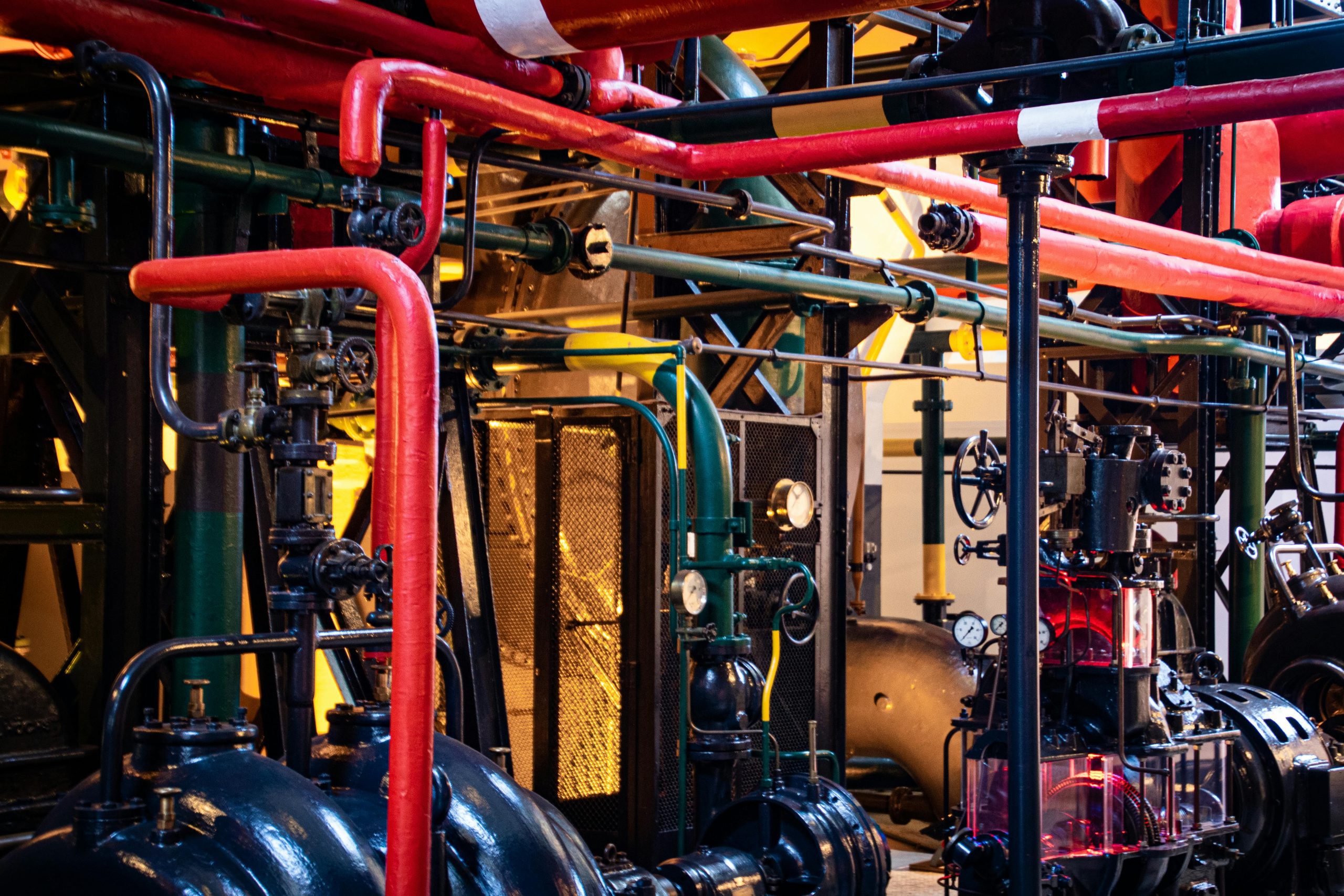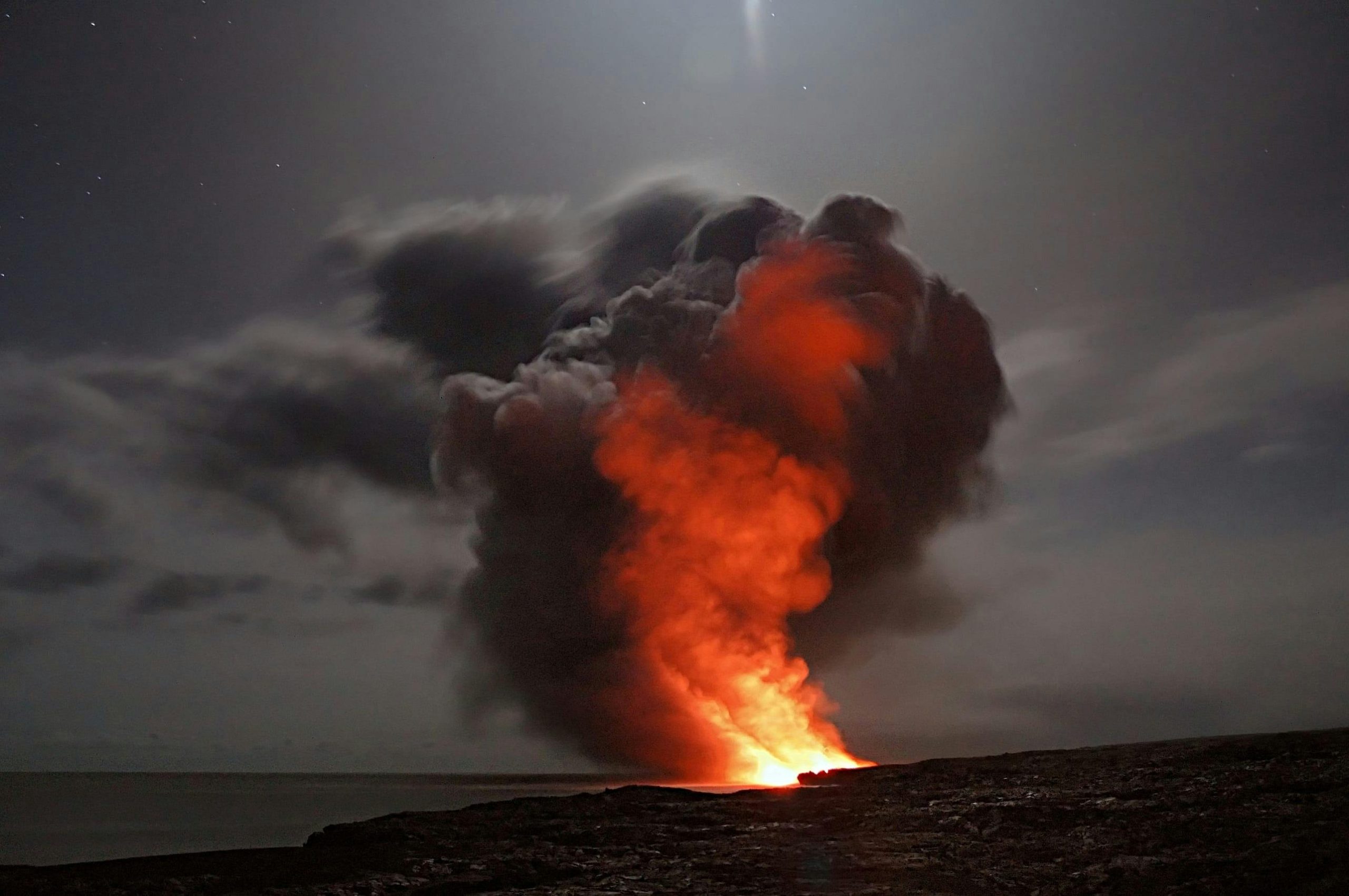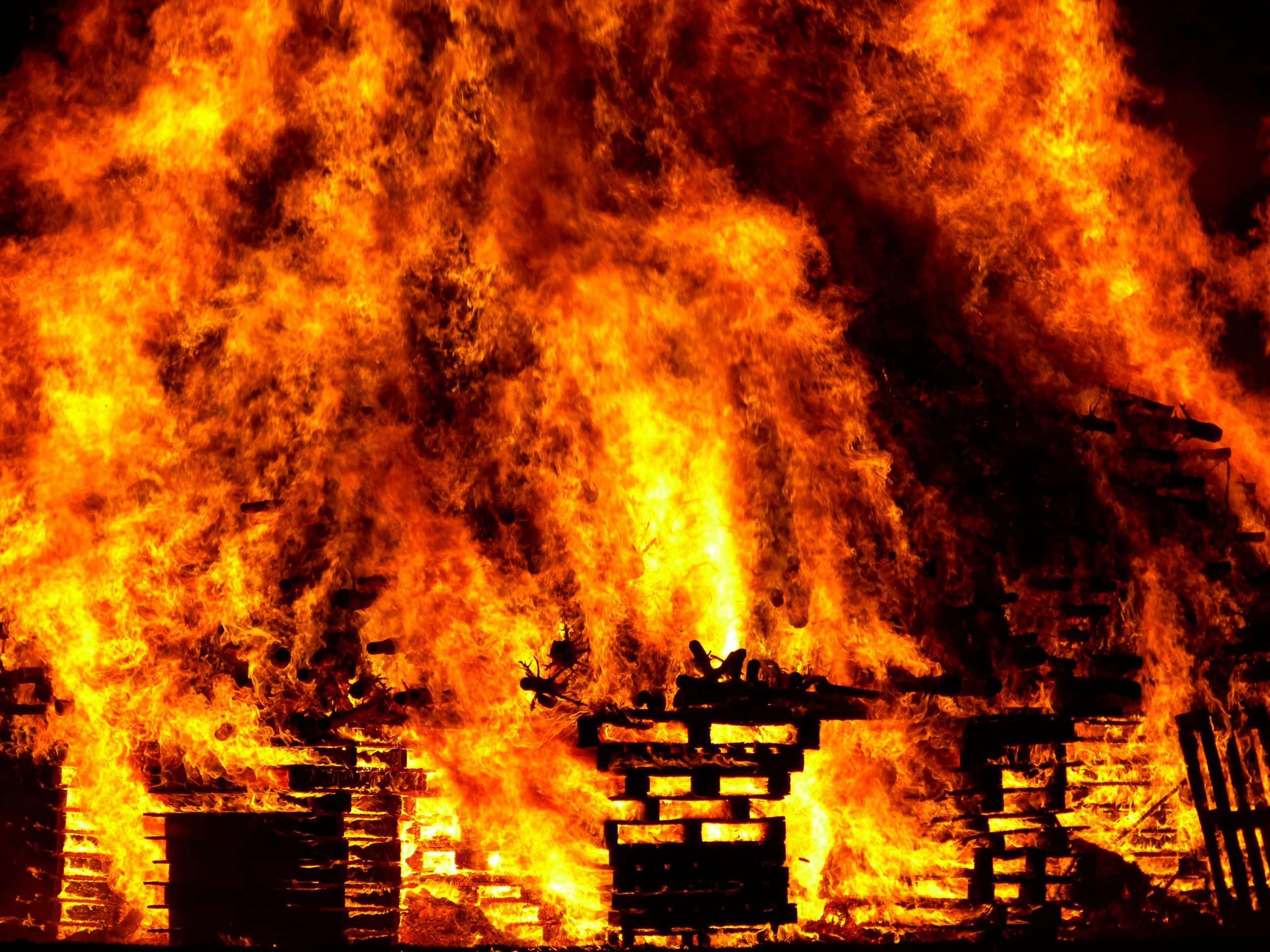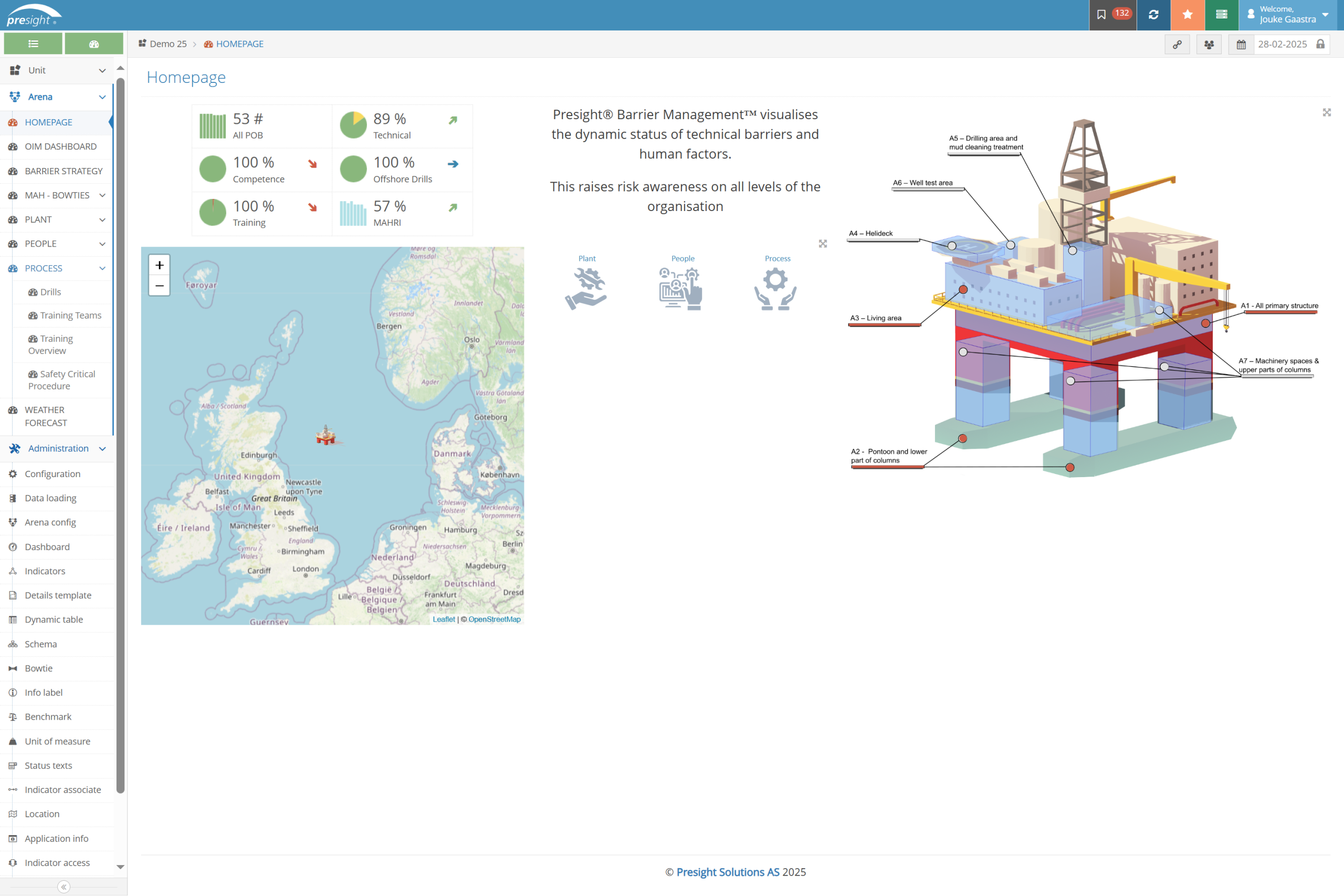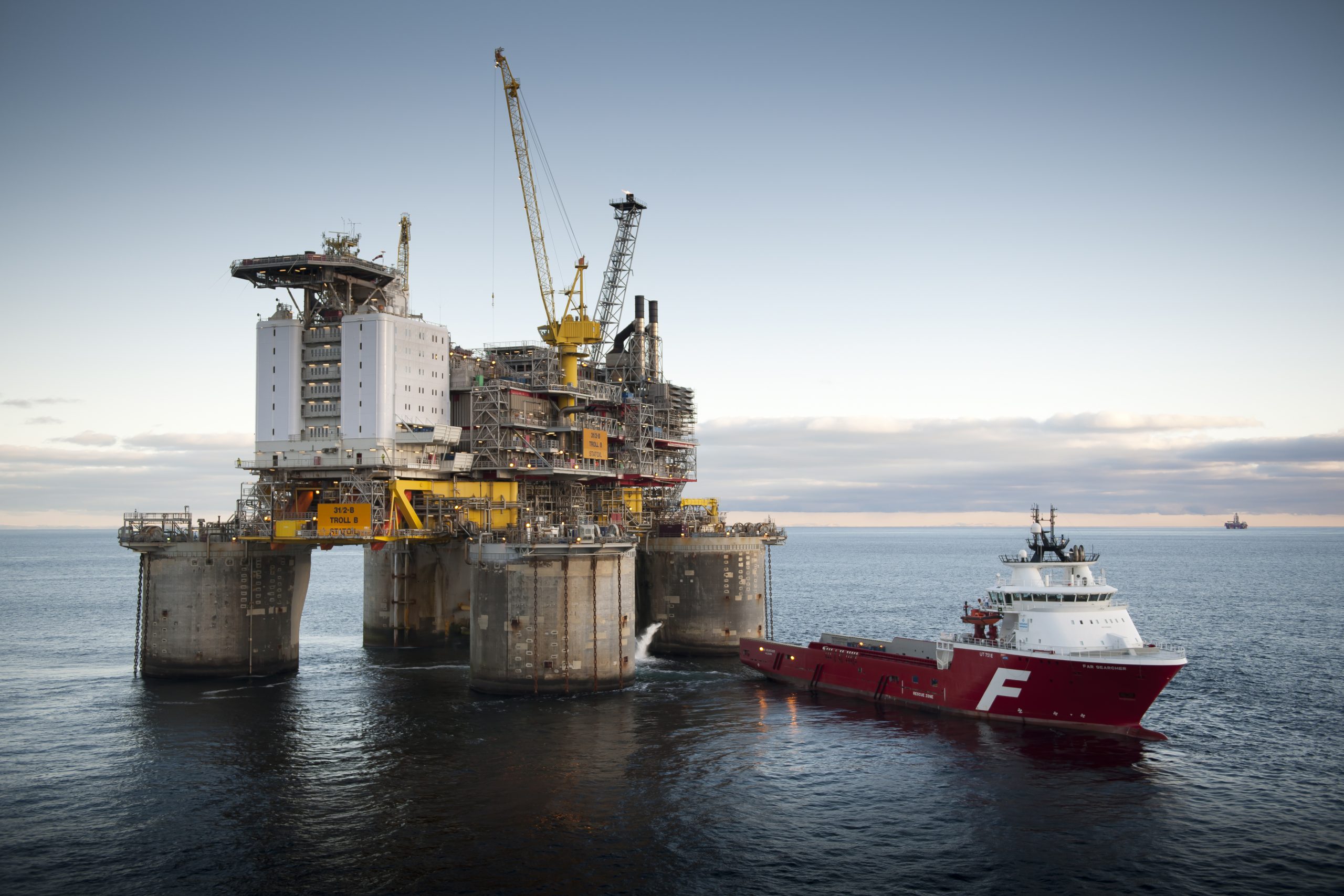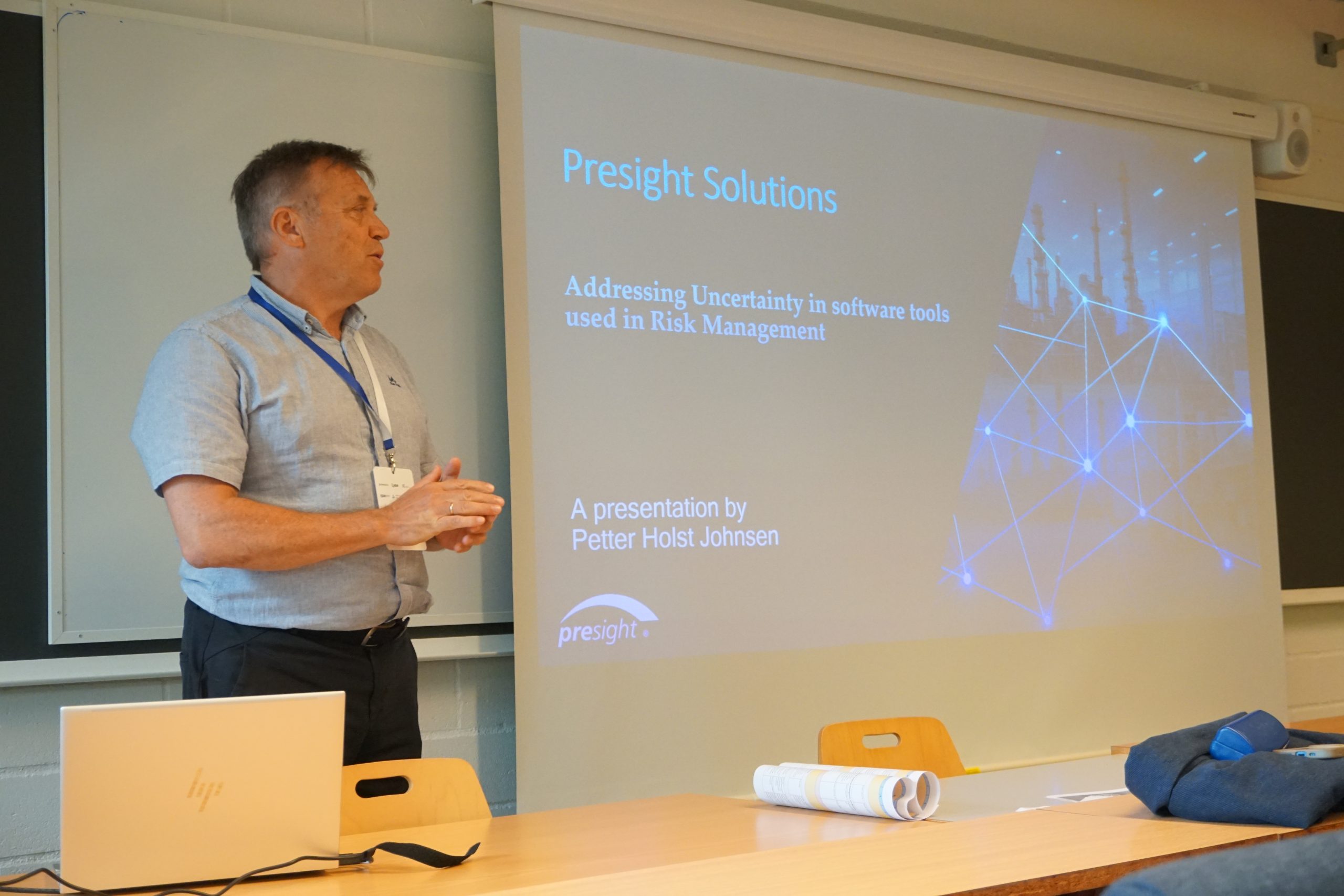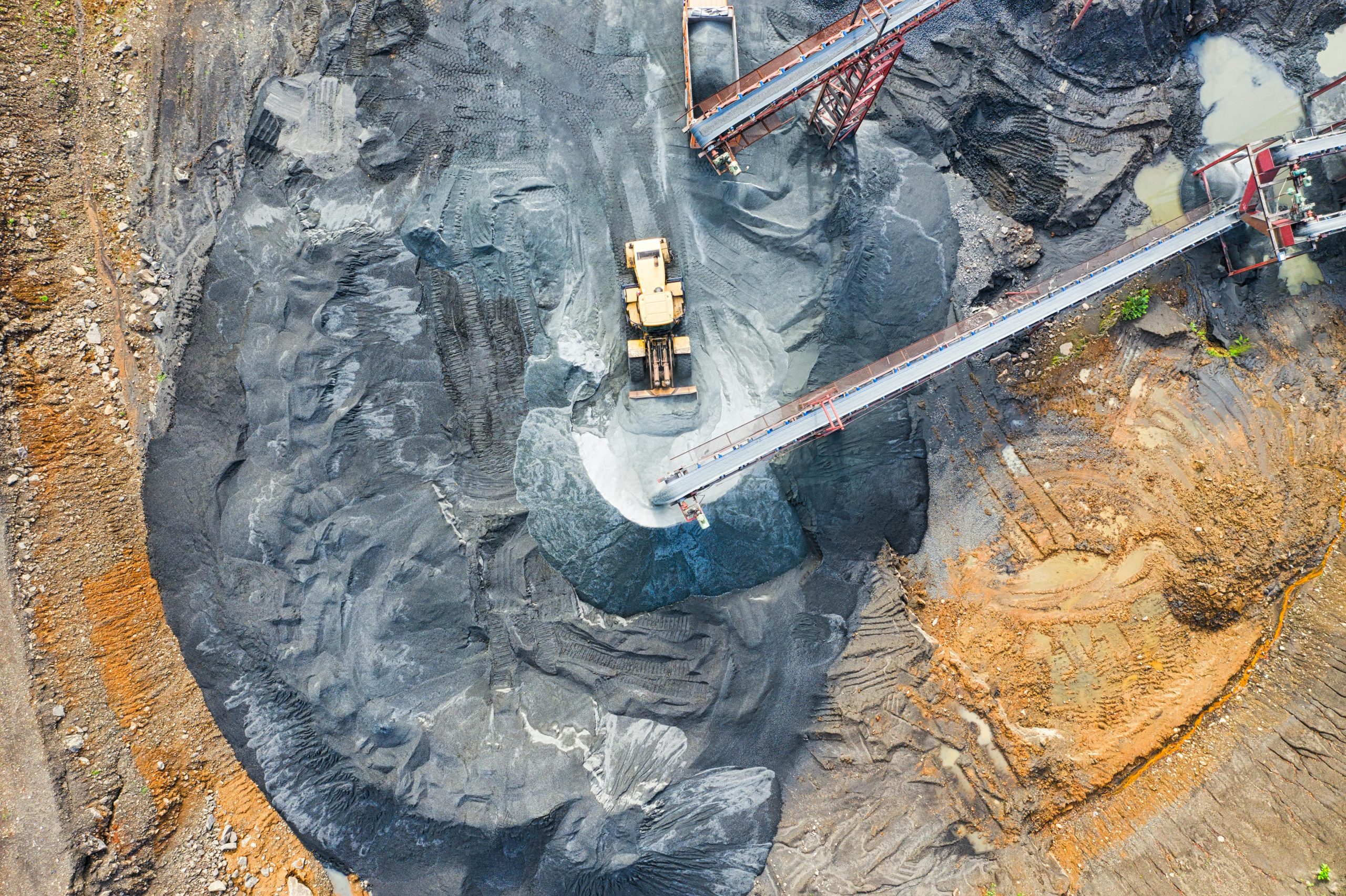News
Recent announcements, press releases and media coverage
Understanding and Preventing Toxic Gas Releases
In the energy sector, the presence of hazardous substances such as toxic gas releases is a reality. Among these, toxic gases such as hydrogen sulfide (H₂S), ammonia (NH₃), or chlorine (Cl₂) pose invisible yet deadly risks to workers, the environment, and surrounding...
Managing Loss of Containment with the bowtie methodology
Loss of Containment (LoC) occurs when a hazardous substance escapes from the system designed to hold it. This may involve gases like ammonia, as well as liquids or solids leaking from tanks, pipelines, valves, or vessels. In many industries this is dangerous, but in...
Fire and Explosions in the Manufacturing Industry: Why Barrier Management Matters
In 2018, a devastating explosion tore through the Didion Milling Inc. corn milling facility in Cambria, Wisconsin, USA. Didion Milling Inc. is an agricultural processing and co-located bioscience facility specialising in dry corn mill, industrial alcohol and ethanol...
Using the bowtie method for assessing risks associated with Ammonia Release
This article explores the risks involved in ammonia release and shows how the bowtie method can be used to identify potential causes, strengthen barriers, and reduce the impact of an ammonia release. The industrial use of ammonia (NH₃) is widespread, including...
Info Labels Give Context to Your Bowtie Diagram with Presight OpenRisk
Bowtie diagrams are a graphic tool that are shaped like a bow-tie. Bowtie’s are centered around an unwanted event (top event) with preventative barriers to the left and mitigating barriers to the right of the top event. In this way, the bowtie visualises how...
Explore Presight Barrier Management software tool
Presight Barrier Management tool is a critical component to process safety management. In short, the software provides the full risk picture of your assets, whether it is a drilling rig like a jack-up rig, a fixed platform, a semi-sub or even a drill ship. It can also...
Managing Loss of Stability Risks with the Bowtie Approach in the Oil and Gas Industry
As the oil and gas industry advances with complex operations and technologies, managing the inherent risks associated with loss of stability has become a critical priority. Loss of stability events, such as structural failures, and equipment collapse can lead to...
Loss of well control in the oil and gas industry
Loss of Well Control (LoWC) is one of the most severe incidents in the oil and gas industry. It refers to situations where the pressure in a well can no longer be managed safely, potentially resulting in blowouts, fires, environmental damage, and loss of life. Causes...
What You Don’t Know Will Hurt You!
Why uncertainty deserves a spotlight Uncertainty is inherent in safety-critical industries; no data set is ever complete, and Presight openly accepts and highlights this reality. By clearly showing gaps, limitations and variability in the data, the platform lets...
AI and Risk in High-Risk Industries: A Cross-Sector Conversation at ESREL SRA-E 2025
What is the relationship between Artificial Intelligence and risk in high-risk industries like oil and gas? This June at the ESREL and SRA-E 2025 conference hosted by the University of Stavanger, Presight Solutions is proud to lead a panel discussion that unites...
Cave-ins and Rock falls in mining industry
The 2010 Chilean Mining Accident In 2010, 33 workers spent 69 days trapped inside the San Jose gold and copper mine after it collapsed on August 5th. The “Chilean mining accident” (2010 Copiapó mining accident) involved a rock fall that triggered a cave-in....
Enhancing Safety in Mining: The Role of Technology and Preventive Measures
Mining, while essential to the global economy, remains one of the most hazardous industries. Mechanical failures—along with factors like explosions and fires—are a leading cause of mining accidents. This highlights the need for strong safety measures and advanced...

